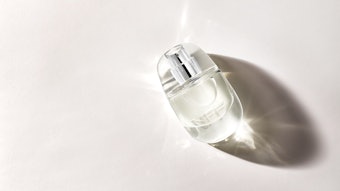Isn't it amazing how the olfactory sense can trigger brain patterns and instantaneously influence our mood? This sensor can manifest both pleasant and unpleasant reactions and quickly evoke memories--all through the sense of smell. The scent of freshly baked bread may summon memories of a happy childhood. Fragrant candles and soaps make their surroundings more pleasant. On the contrary, the scent of a skunk can ruin an otherwise wonderful outdoor experience. Yet, of all the senses, the sense of smell is the least understood and so easily stimulated.
History of Environmental Enhancers
Humans have heen enhancing their immediate environment with fragrance for centuries. History consistently documents such occasions. Potpourri, mixtures of dried flowers, herbs, spices and leaves, date back to the time of the pharoahs. Homer mentioned sachets in The Odyssey. Pigeons in ancient Rome were doused routinely with perfumed water so they could carry fragrance throughout the city.
In medieval times, people carried pieces of scented spices and fixatives in ornate containers to ward off objectionable (evil) smells. All during the middle ages, housewives developed unique floral blends in their still rooms. These scents became the home’s calling card, the official greeter. Natural fixatives and essential oils like musk (from the deer), civet (from the civet cat), as well as lavendar, myrrh and rose were used.










